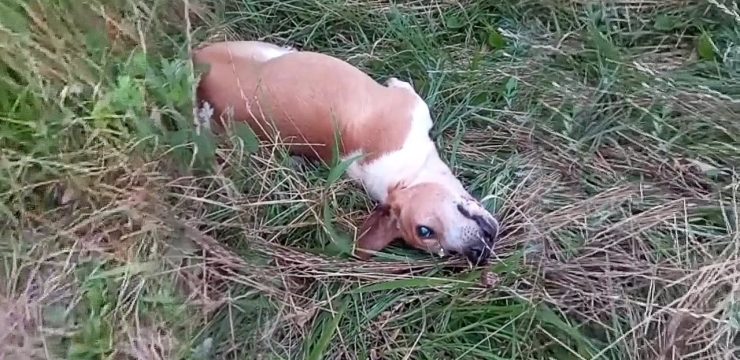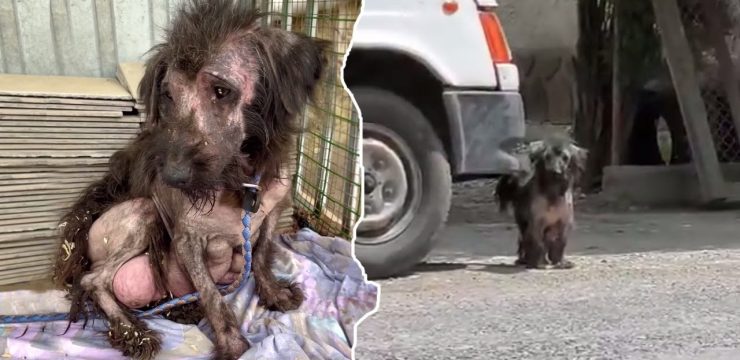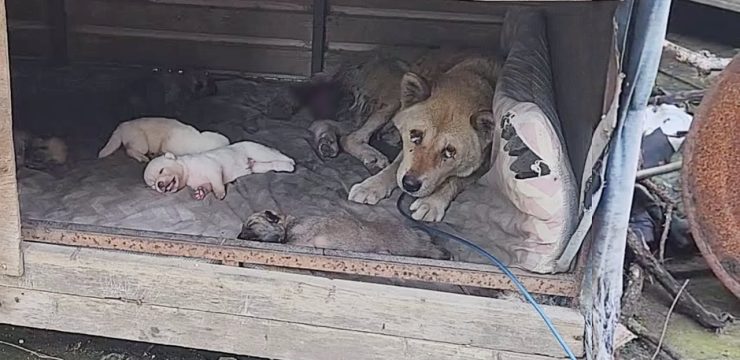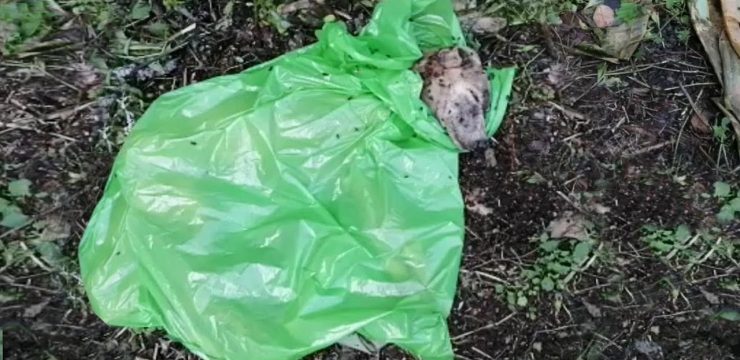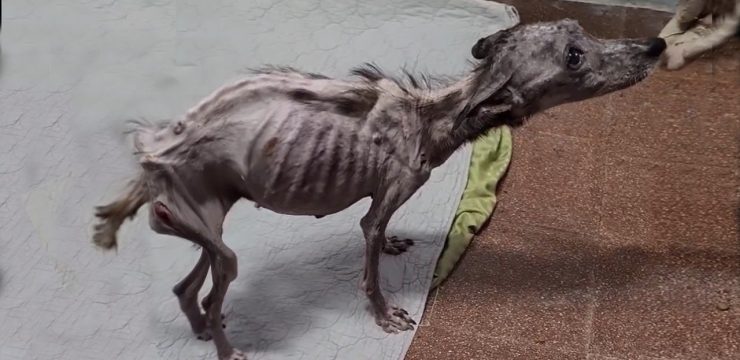Doctors are now encouraging parents to think twice before discarding their child’s baby teeth. These tiny teeth, often lost without a second thought, could actually hold life-saving potential if that child ever develops a serious illness. Advances in medical science are showing that these teeth might one day serve as a vital resource, possibly even saving lives.

Consider the story of Jenson Wright, whose life took a drastic turn when he was just seven years old. In 2016, he was diagnosed with leukemia, a disease that had already claimed 65% of his small body. Even more tragically, this wasn’t his first fight with cancer. At the tender age of four, Jenson had already battled both lymphoma and leukemia. After enduring two rounds of intense chemotherapy, the treatments failed to stop the disease. His parents, watching their son deteriorate, feared the worst. They braced themselves for an outcome no parent ever wants to face.
His mother, Carolyn, shared her emotional journey on Facebook, recounting how the cancer spread like wildfire through her son’s body. It was relentless and rapid, leaving little room for hope. As she described it, the disease was consuming Jenson, and they feared they were about to live through every parent’s nightmare—losing a child.
But then, something extraordinary happened. A miracle, wrapped in the selfless act of another parent, arrived just in time. A mother in Texas had stored her newborn child’s umbilical cord, which is rich in stem cells. She had decided to donate it, not knowing that her generous decision would become the lifeline for a boy she had never met. Carolyn later wrote that this mother gave Jenson the gift of a future—simply by donating something that most people never think twice about.
Umbilical cord blood is an incredible source of stem cells, which the Mayo Clinic describes as unique cells that can self-renew and transform into other types of cells—a process called differentiation. This means stem cells have the potential to become brain cells, heart muscle cells, bone cells, and more. They can rebuild and repair, offering new hope for treating a range of serious diseases.
Just five days after Jenson’s groundbreaking transplant surgery, the donated stem cells went to work, targeting and destroying the cancer within his body. What one child no longer needed ended up giving life to another. It’s a profound example of how modern medicine, combined with human compassion, can create miracles.
In 2019, Carolyn updated supporters with the incredible news: Jenson was officially declared cancer-free. Doctors told the family that he no longer needed follow-up visits—he was cured. Today, Jenson is a healthy and thriving 16-year-old, living a normal life and attending high school. His story is proof of what stem cells can do when medical science and the kindness of others come together.
This leads us to an emerging idea that’s catching the attention of scientists and parents alike: storing baby teeth for their stem cells. Known as dental pulp stem cell banking, this process offers a form of biological insurance—a way to safeguard a child’s future health with a resource that’s naturally available. Researchers believe that the soft inner tissue of baby teeth, called dental pulp, contains a valuable type of stem cell known as mesenchymal stem cells (MSCs). These cells are capable of regenerating tissue, growing new cells, and even repairing damaged organs.
Unlike controversial embryonic stem cells or invasive bone marrow procedures, collecting stem cells from baby teeth is non-invasive. When a child naturally loses a tooth, instead of throwing it away or placing it under a pillow for the tooth fairy, parents can send it to a stem cell bank. There, it’s stored in controlled conditions, preserving the stem cells for potential future use.
The concept is gaining momentum. According to research published in the National Library of Medicine, stem cells from exfoliated deciduous teeth—often called SHEDs—are considered excellent candidates for personal stem cell banking. They are easily obtained during the natural process of losing baby teeth and, because they are the donor’s own cells, there’s no risk of rejection if they’re ever used for treatment.
However, while the idea sounds revolutionary, it’s important to approach it with realistic expectations. The science behind dental stem cell therapies is still in its early stages. Though research shows promise, we are not yet at the point where these stem cells are commonly used in everyday treatments. As with many medical advancements, it may take years before the full potential of dental stem cells is realized.
This raises a crucial question for parents: is it worth the cost? Private stem cell banks typically charge fees for both the collection and long-term storage of baby teeth, which can become a considerable expense over time. Some families find comfort in knowing they’ve taken an extra step to prepare for any future health challenges their child might face. For them, the peace of mind outweighs the uncertainty.
Others may prefer to invest in more established options, such as public stem cell banking with umbilical cord blood. This method is already in use for a variety of medical treatments and offers more immediate benefits. It’s a personal choice, one that each family must consider carefully, balancing current science, financial resources, and the likelihood of future need.
Still, the idea of saving baby teeth as a potential health safeguard is undeniably intriguing. It reflects the growing possibilities of regenerative medicine and how simple, everyday biological materials could one day hold the key to treating complex diseases.
What do you think about this emerging health innovation? Would you consider investing in this type of biological insurance for your child or even yourself? The future of medicine might be closer than we think, and your opinion matters. Let us know your thoughts, and don’t forget to share this story to raise awareness. Together, we can explore new ways to protect and care for the next generation.
